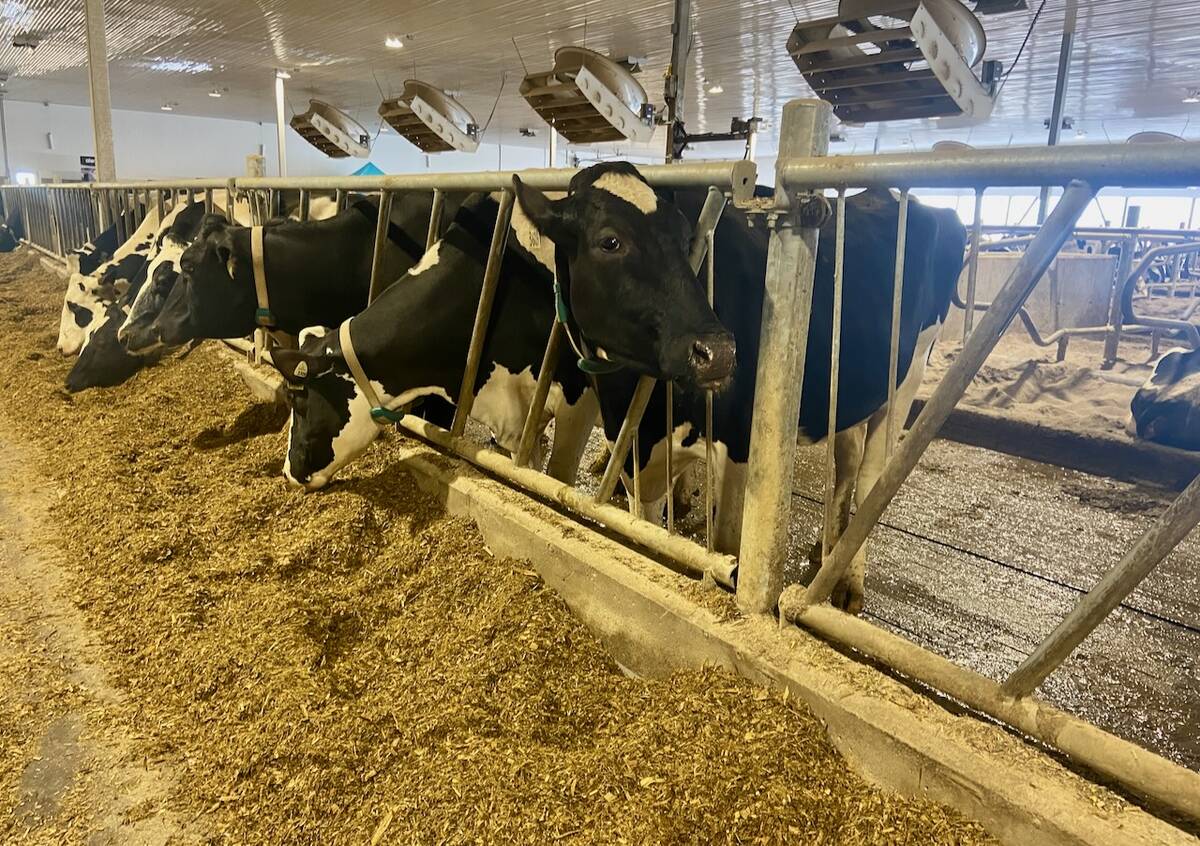CRESTOMERE, Alta. – Back-to-back drought has forced a central Alberta
rancher to make the toughest decision of his career.
The severity of this drought forced Brian Luce of Crestomere to sell
animals, find alternative feed supplies and cut back his custom grazing
operation.
“Last year we had a third of normal precipitation and so we decided to
slow our animals down because we had very little regrowth,” Luce told a
group attending the Western Forage Beef Group pasture school in
Read Also

U.S. farm group supports supply management
U.S. grassroots farm advocacy group pushing new agriculture legislation that would move towards supply management like Canada has for dairy industry
Lacombe, Alta.
Last year when the group visited the ranch, the situation was
worrisome, but Luce was confident the grass would hold.
“This year it was too dry and the green never came. We kept feeding and
hoping that the green was going to come. The calves were starting to
look rough, but we weren’t too worried because it always rains and we
get green grass,” he said.
In a normal year, this area east of Lacombe receives about 580 mm of
rain. So far this year it has received less than 25 mm. The grass looks
green, but there are bare patches of dirt between plants, which are
less than 15 centimetres tall.
“Generally, when we graze steers in here, you can’t see the steers. Now
we can see calves laying down. This kind of thing is throughout all our
pastures this year.”
Cattle are moved frequently to prevent overgrazing. Grass is too short
for the cattle to get a mouthful.
“We decided we needed to destock when we realized we weren’t going to
have the feed,” he said.
“I didn’t want to be feeding in the growing season. It is very hard to
feed your way out of a drought.”
The weather became hot and windy and they sold the steers in mid-June.
“That is the first time ever that we had to ship cattle out of here
because of lack of feed,” he said.
The grass will be left to rest and may be used to feed cows later. A
late spring snow filled the dugouts so the water supply should hold
even if the grass does not.
Luce’s pastures are divided into carefully managed cells with a number
of smaller paddocks that he sizes according to a formula based on the
number of cattle and forage production. He bases his calculations on 10
years worth of pasture records.
One of his grazing cells contains about 1,000 acres. Electric wires
divide it into 42 paddocks. A cell normally supports 700 yearlings and
200 cows. This year 100 cows and 140 yearlings are in the cell.
“It is questionable whether we are going to be able to make that work.
That’s serious,” he said.
In other years, they have stocked 450 custom yearlings that provided
about $30,000 cash. They are bringing in 50 custom yearlings and have
to turn people away looking for grazing.
“If we have a good year next year, we can bring in some custom cattle.”
Early this spring they had considerable stockpiled grass from last
year, but the cows did not like it.
The manure was hard and the cows were bawling.
Luce provided range pellets and grain.
When that ran out, he fed potatoes for a month.
“It was a cheap source of energy for us. We fed 40 pounds apiece per
day and it cost 25 cents a day,” he said.















